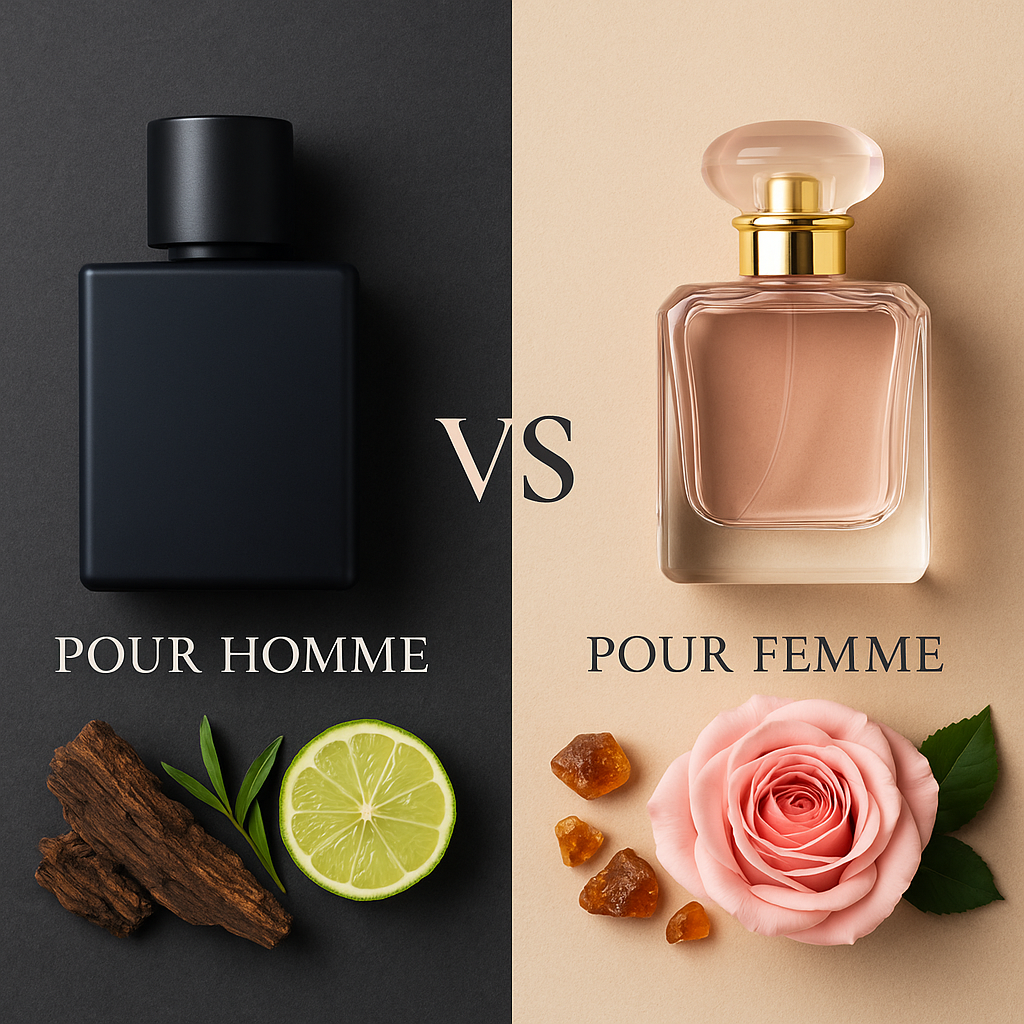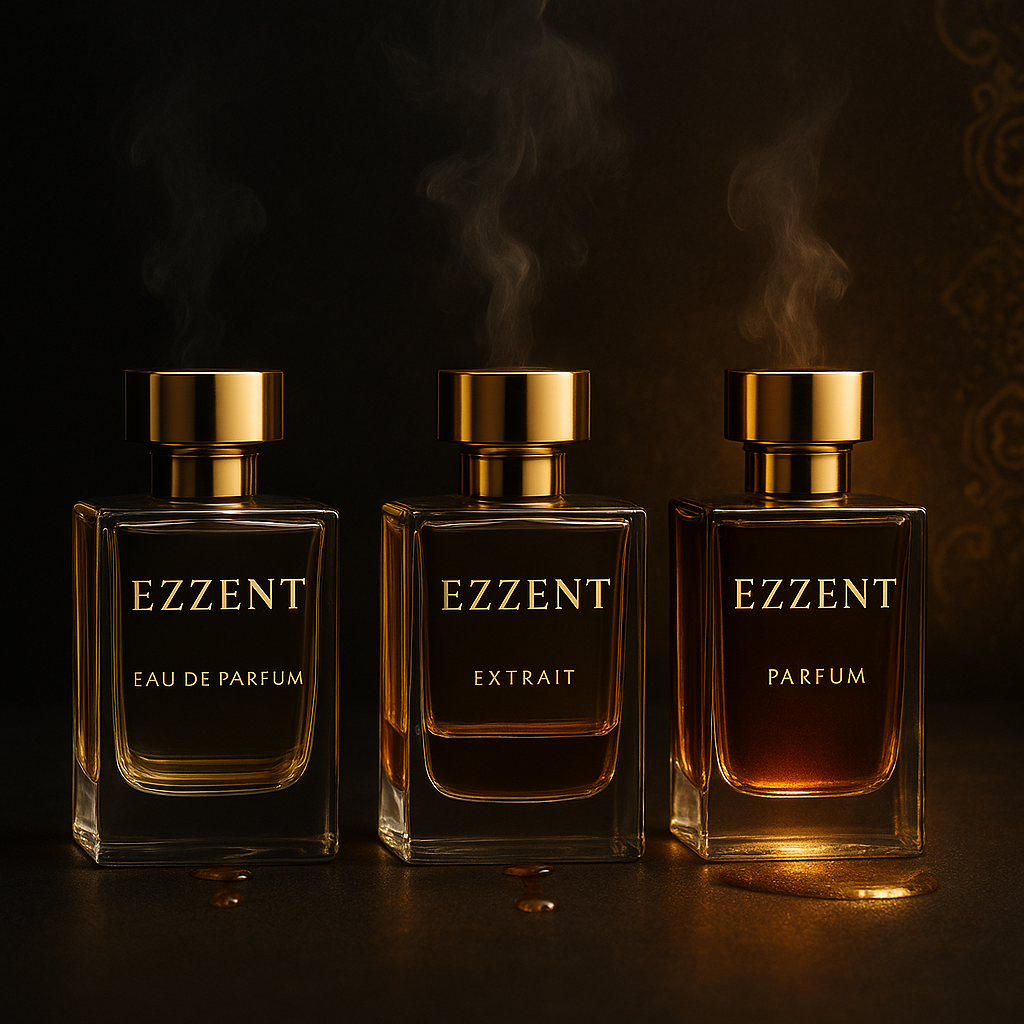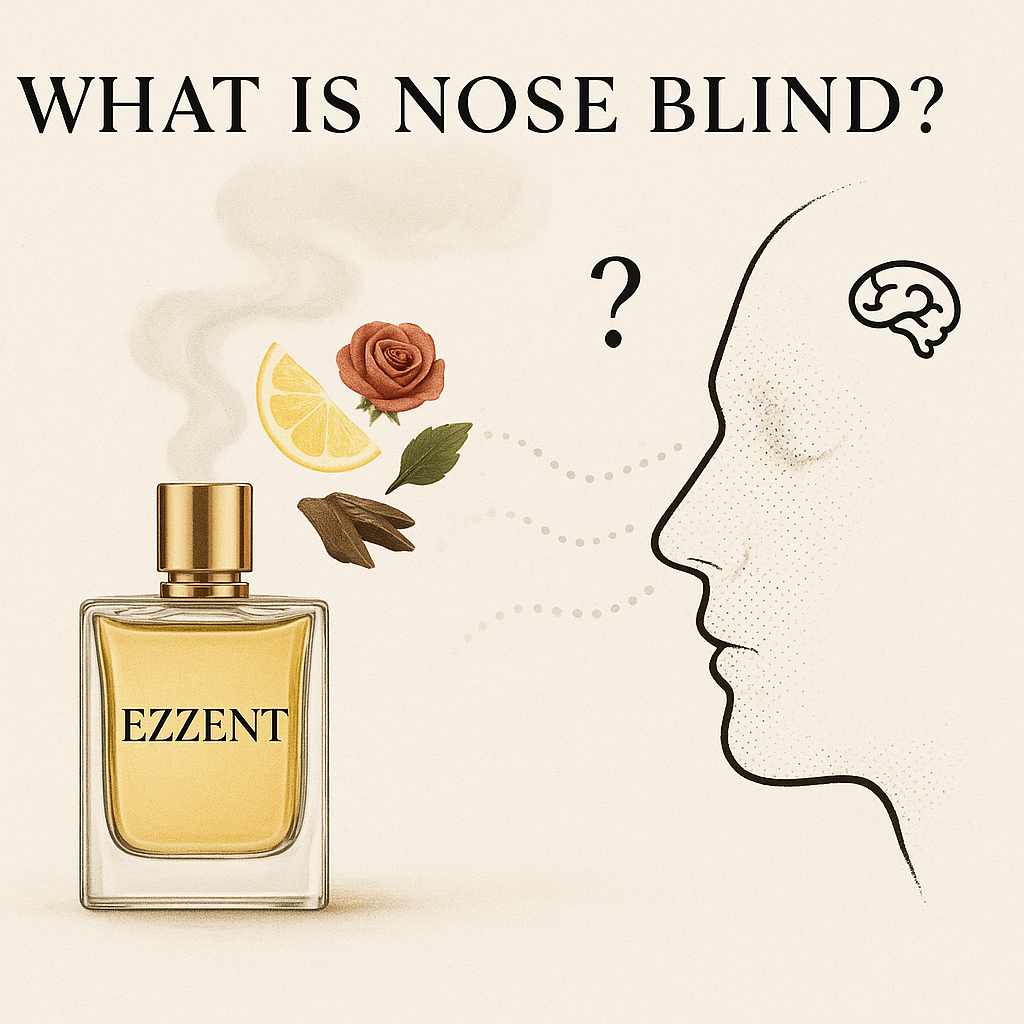
Fragrance Blending Pyramid: How Perfume Notes Work Together
Ever wondered why your perfume smells different after a few hours? That magical evolution lies in something called the Fragrance Blending Pyramid—a structure that reveals how perfumes are built from top to bottom.
In this guide, we’ll break down what this pyramid means, how each layer affects your scent experience, and why understanding this can help you choose the perfect perfume.
🌬️ What Is the Fragrance Blending Pyramid?
Think of a perfume like a musical composition or a story—it unfolds in three main stages:
1. Top Notes (The First Impression)
-
Duration: 5–15 minutes
-
Role: They give the perfume its initial spark.
-
Common Ingredients: Citrus (lemon, bergamot), herbs (lavender, mint), clean/fresh accords.
Top notes are your fragrance’s handshake. They’re crisp, bright, and often evaporate quickly.
Hook: Ever loved a perfume on first spray but hated it an hour later? That’s because top notes fade fast, revealing the heart beneath.
2. Middle Notes (Heart Notes)
-
Duration: 1–3 hours
-
Role: These are the core of the fragrance, emerging once the top fades.
-
Common Ingredients: Floral (rose, jasmine), green (grass, tea), fruity (peach, apple), spicy (cinnamon, nutmeg).
Middle notes blend the brightness of the top with the depth of the base. They give the scent its personality and are usually what you’ll smell the longest.
Tip: When testing a perfume, wait 20 minutes to truly understand its character.
3. Base Notes (The Soul of the Scent)
-
Duration: 4–24+ hours
-
Role: They anchor the perfume and provide depth.
-
Common Ingredients: Wood (cedar, sandalwood), balsamic (vanilla, tonka), musky or earthy (patchouli, amber, oud).
Base notes are rich, warm, and long-lasting. They reveal themselves slowly and help the fragrance linger on your skin.
Did you know? Some ingredients like oud or ambergris are so potent they can last days on fabric.
🧪 Why This Pyramid Matters
Understanding the pyramid helps you:
-
Choose fragrances that evolve beautifully with your skin chemistry.
-
Know what to expect—just because a scent starts fresh doesn't mean it’ll stay that way.
-
Perfect your layering game by combining perfumes with complementary top, middle, and base notes.
📊 Visual Breakdown (From Your Images)
| Layer | Note Types | Impression | Examples |
|---|---|---|---|
| 🟡 Top Notes | Clean, Citrus, Water, Fruity | Fresh, sharp, fleeting | Lemon, Bergamot, Lavender |
| 🟢 Middle Notes | Floral, Green, Herbal, Spicy | Balanced, evolving | Jasmine, Rose, Cinnamon |
| 🟤 Base Notes | Wood, Earth, Musk, Vanilla | Warm, deep, long-lasting | Oud, Sandalwood, Tonka Bean |
🔍 Pro Tip: Perfume Testing Made Smart
When testing a fragrance:
-
Spray on your wrist (not paper).
-
Don’t rub! Let it settle naturally.
-
Smell after 5 mins, 30 mins, and 2+ hours.
-
See how it blends with your skin chemistry.
🧠 Final Thoughts: The Secret to a Signature Scent
A great perfume is a journey, not a destination. Knowing the pyramid helps you find fragrances that transform throughout the day, leaving a memorable trail (also known as sillage).
Next time you spray a new perfume, ask yourself: What's the story it's telling?










